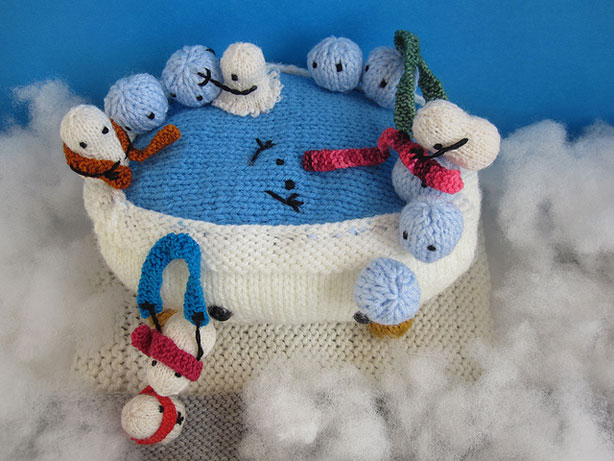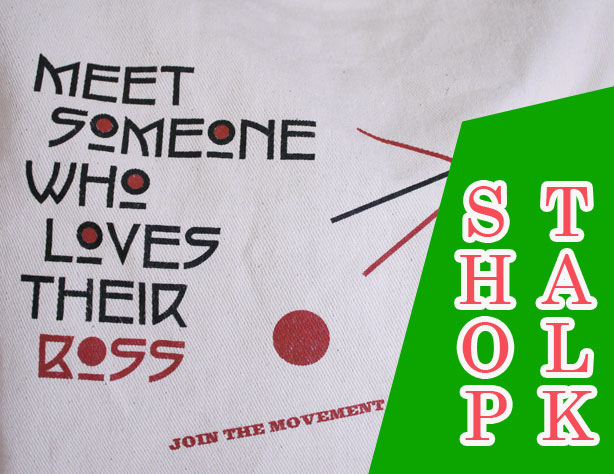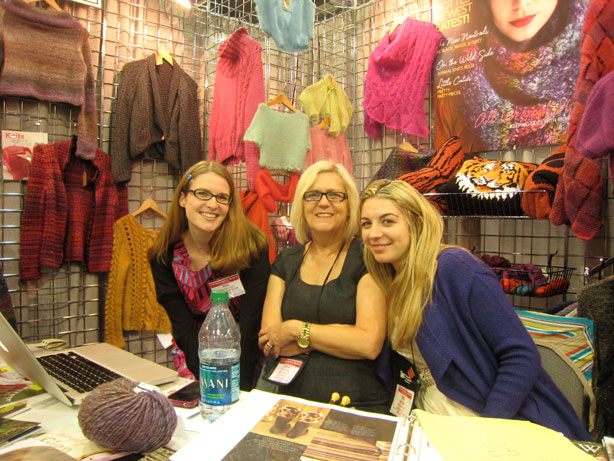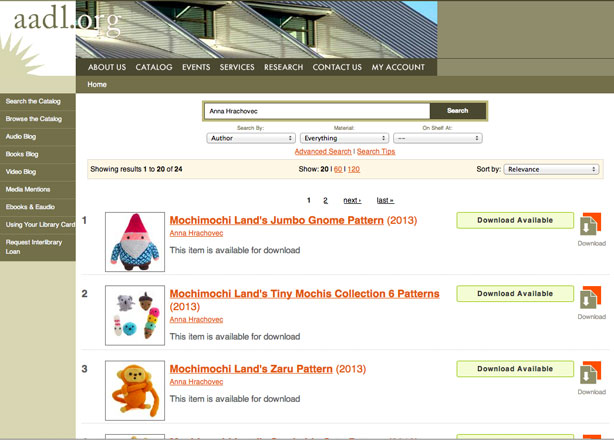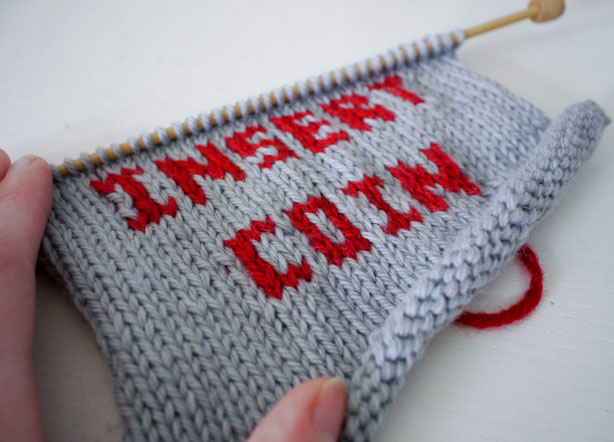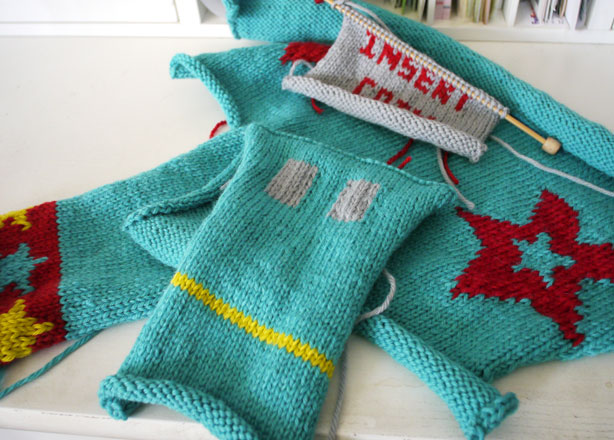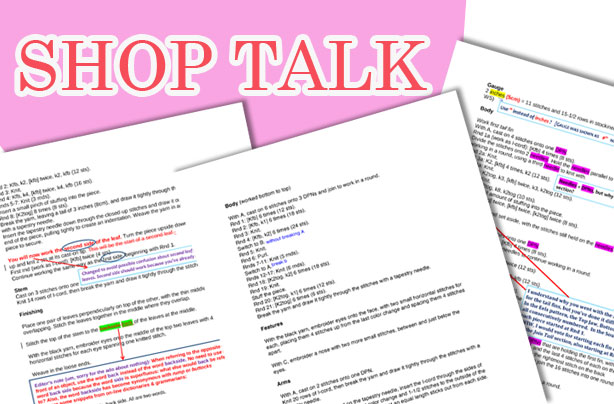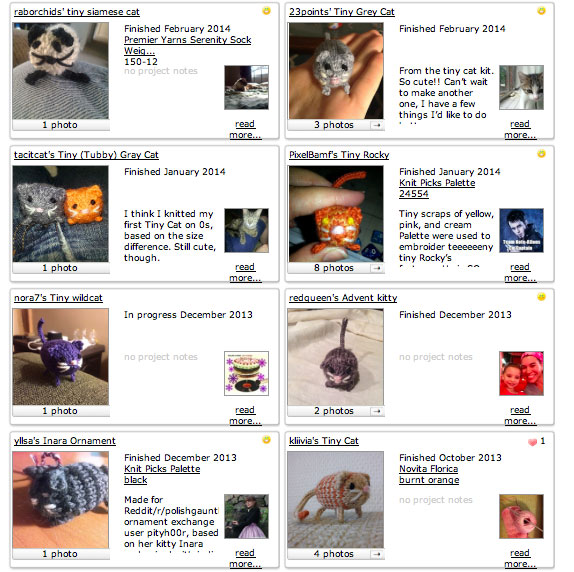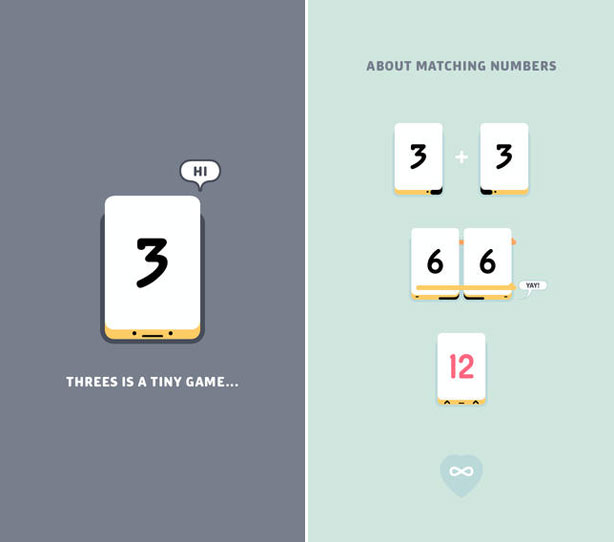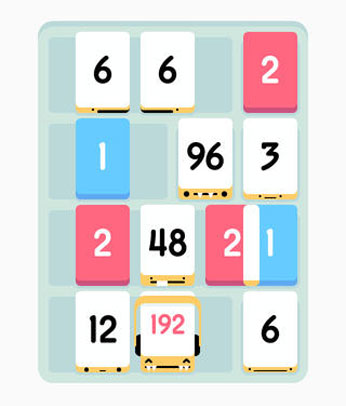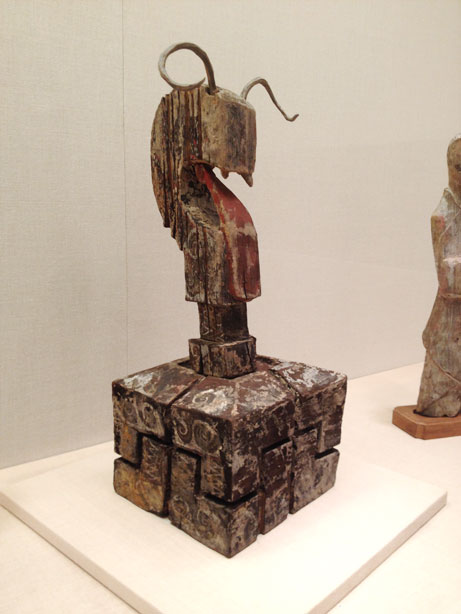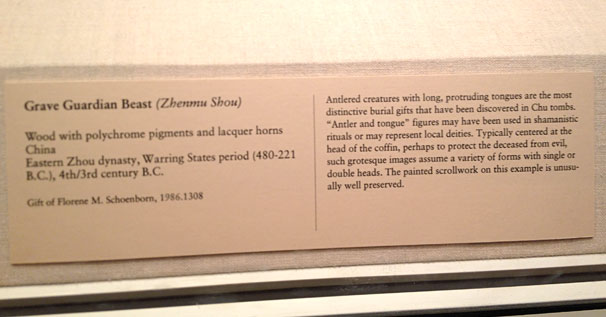It may be March now, but that didn’t stop us from getting more snow this morning in Chicago. (SIGH…) I think these snowmen, made by Mochimochi friend Joan, have the right idea!
I love all the action in this scene! It makes the snow just that more bearable for one more week.
Joan used the patterns for Mochimochi Snowmen and Tubby. Check out more photos on her Flickr page.

